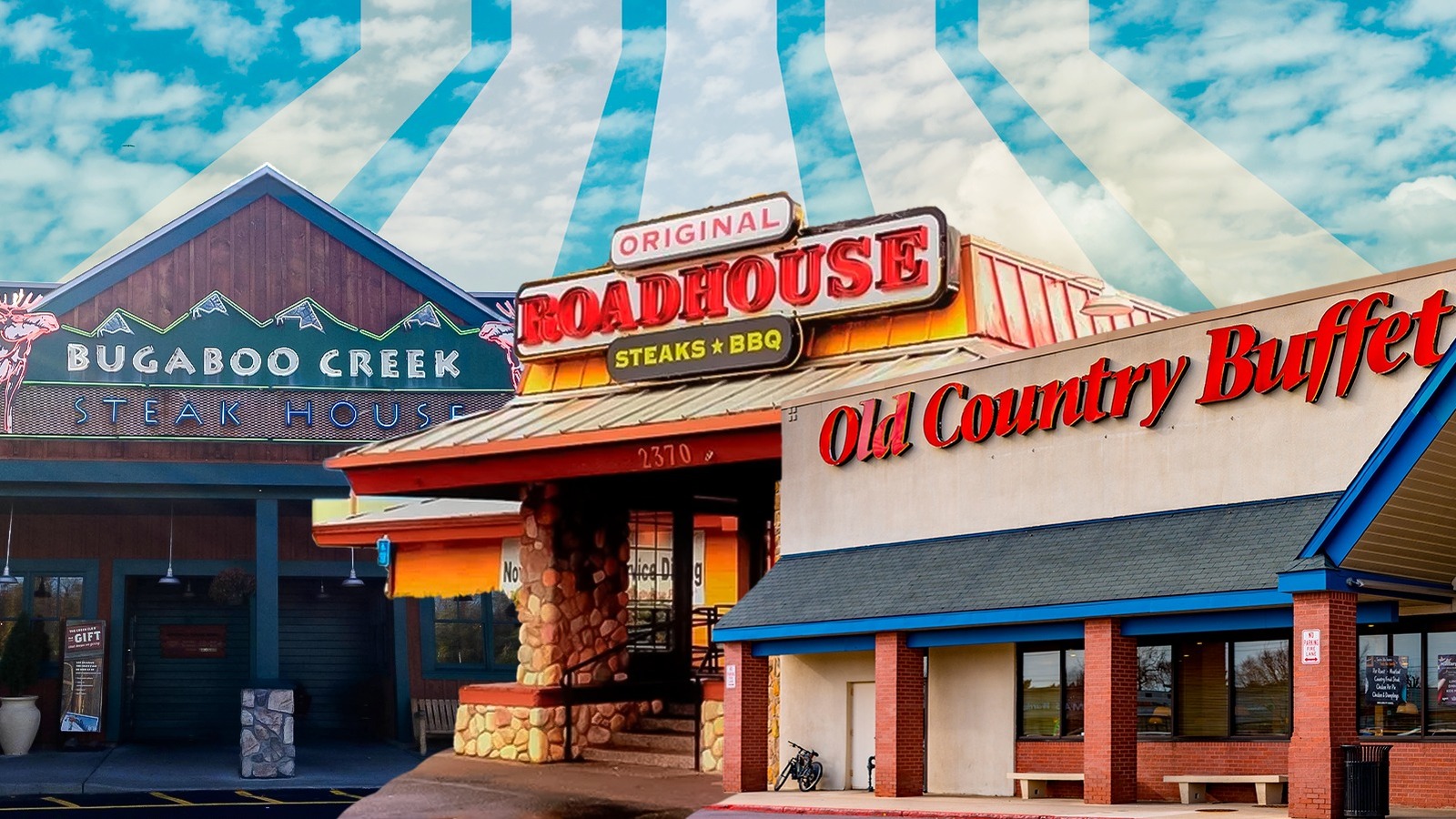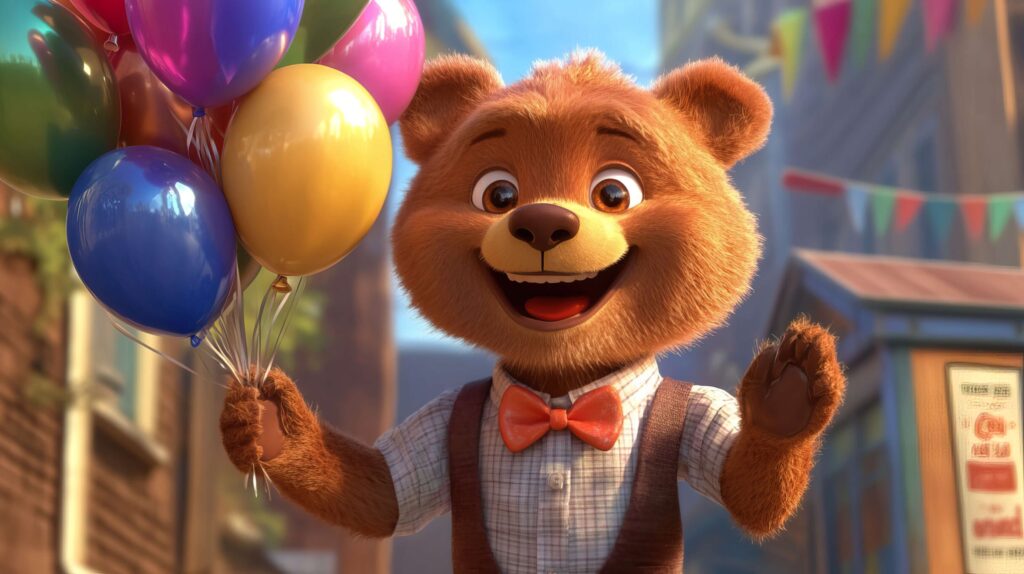
Animated movies are often associated with fun, laughter, and whimsical adventures, yet some of the most powerful stories these films tell are the ones that bring us to floods of tears. The saddest animated movies of all time aren’t just entertaining; they are profound testaments to animation’s capacity to tackle deep, complex emotional themes and resonate on a profoundly human level. Studios like Disney, Pixar, Studio Ghibli, and DreamWorks have masterfully crafted worlds where anthropomorphic animals, fantastic creatures, and stylized humans navigate intricate emotional landscapes that mirror our own lived experiences with startling clarity. These films don’t just entertain; they touch the soul, leaving lasting impressions that linger with viewers long after the credits roll, reminding us of the universal nature of joy, sorrow, and everything in between.
Have you ever found yourself weeping uncontrollably during a “cartoon” and wondered why it hit you so much harder than a live-action drama? There’s actually a compelling reason why animated movies often trigger such strong emotional responses. Animation provides creators with complete control over every visual element, allowing for stylized exaggeration of emotional expressions that can amplify feelings in a way realism sometimes can’t. Furthermore, our ingrained association of animation with childhood creates a disarming effect; we don’t anticipate profound emotional experiences from “cartoons,” which makes those heart-wrenching moments strike with even greater force. This unique aspect of animation allows creators to depict fantastical scenarios that would be difficult in live-action, crafting metaphorical emotional experiences that connect directly to our deepest feelings without the usual barriers of realism, truly bypassing our defenses and hitting us right in the feels.
So, seriously, get those tissues ready and maybe a comfort blanket, because we’re about to embark on an emotional rollercoaster. We’re diving deep into some of the most iconic, gut-wrenching animated scenes that have collectively turned entire generations into puddles of tears. From heroic sacrifices that teach us the profound power of choice to the bittersweet agony of growing up and leaving cherished parts of ourselves behind, these moments are not just scenes in a movie; they are poignant mirrors reflecting our own experiences of loss, love, and growth. Let’s revisit these incredibly powerful animated sequences that absolutely prove storytelling knows no bounds, no matter the medium, and prepare to feel everything all over again.
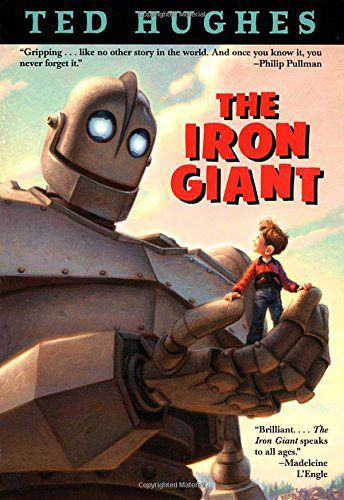
1. **The Giant’s Sacrifice – “The Iron Giant” (1999)**Kicking off our incredibly tear-jerking list is an unforgettable scene from “The Iron Giant,” a science-fiction fable set against the backdrop of the Cold War. Who would have thought that a friendship between a curious boy and a 50-foot alien robot could be so incredibly touching? This film isn’t just about a giant robot; it’s a profound narrative about identity, prejudice, and the power of choice, wrapped in a beautifully animated package that completely captures the heart, proving animation’s power to deliver deep messages.
The story introduces us to a robot, originally designed to be a weapon of war, who receives a bump on the head that leaves him curious about the world around him. This accidental reprogramming sets him on a path of self-discovery, far removed from his intended destructive purpose. Through his bond with nine-year-old Hogarth, the giant learns about life and death, gently guided by the pure, innocent wisdom of a child. He slowly begins to understand that he’d rather be a superhero than a villain, a transformation that is as heartwarming as it is profound, building towards a moment of ultimate decision.
This journey culminates in the film’s devastating, yet uplifting, climax. When a nuclear bomb threatens to wipe out Hogarth’s town, the giant faces the ultimate test of his newfound identity. Without a moment’s hesitation, he makes the ultimate sacrifice, soaring into the sky to intercept the bomb. Remembering Hogarth’s simple yet profoundly powerful words: ‘you are what you choose to be,’ the giant consciously chooses to be Superman, embracing a destiny of protection. This scene is a masterclass in emotional storytelling, a gut-wrenching farewell that underscores the film’s deep themes of peace, choice, and unconditional love, leaving viewers with an enormous lump in their throats.
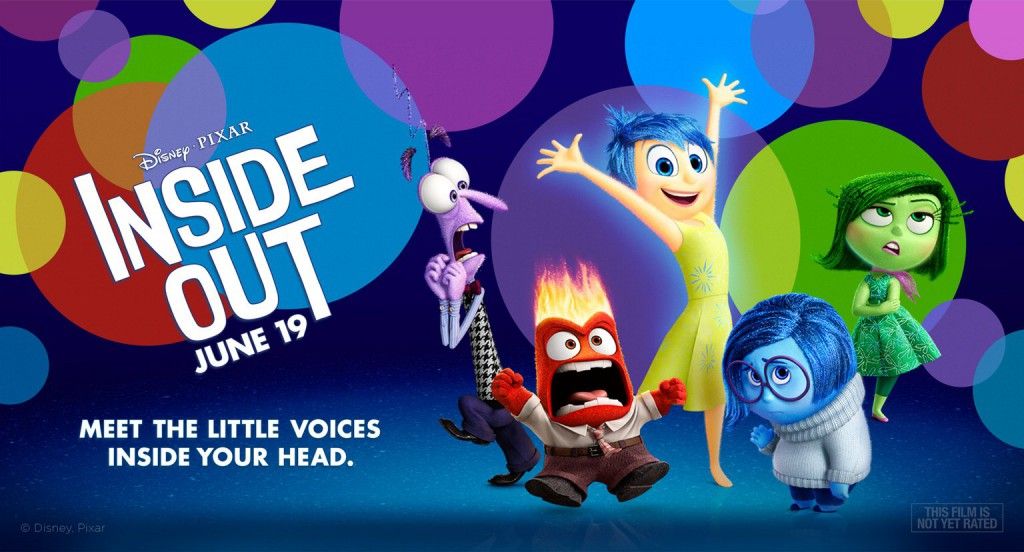
2. **Bing Bong Fades Away – “Inside Out” (2015)**Pixar’s “Inside Out” is an absolute stroke of genius, offering a vibrant, hilarious, and ultimately deeply moving exploration of an adolescent mind. The film anthropomorphizes Riley’s core emotions—Joy, Sadness, Fear, Disgust, and Anger—bringing them to life in a way that’s both relatable and incredibly insightful. Amidst these memorable characters, we encounter Bing Bong, Riley’s whimsical imaginary friend, a fantastical creature who yearns to make Riley happy and take her to the moon.
The true heartbreak of his story begins as Riley grows up and her world expands beyond the need for imaginary companions. We watch as Bing Bong desperately tries to hold on to his existence, struggling against the tide of forgotten memories. His scenes where he pours out his sorrows are incredibly poignant, embodying a universal, bittersweet experience: the quiet letting go of childhood innocence and the parts of ourselves we cherish but must inevitably leave behind as we mature.
The devastating climax for Bing Bong arrives in the vast Memory Dump. In a moment of supreme, selfless sacrifice, he realizes that only by staying behind can Joy, Riley’s most vital emotion, escape. He chooses his friend’s well-being over his own existence, knowing his time as a tangible memory is drawing to a close. As he starts to fade away, his final, heartbreaking plea to Joy—”Take her to the moon for me, okay?”—shatters the audience. This isn’t just a character disappearing; it’s a profound reminder of the precious parts of ourselves lost as we navigate the complex journey of growing up, making it one of Pixar’s most impactful emotional moments.

3. **Mamá Coco Remembers – “Coco” (2017)**”Coco” is truly a visually stunning film, a vibrant celebration of Mexican culture and the enduring power of family, memory, and loss. It masterfully weaves together themes that resonate deeply with audiences of all ages, proving that animation can explore profound emotional territory with beauty and sensitivity. Central to its incredibly rich and emotional core is Mamá Coco, the beloved eldest member of Miguel’s family, whose father Héctor left when she was a child, leaving a lingering pain and a family tradition of shunning music.
The film’s brilliant narrative builds towards a powerful and heartbreaking revelation. Young Miguel, a budding musician, crosses over to the Land of the Dead, embarking on a quest not just for musical fame, but to understand his family’s fractured history. It’s there he discovers the terrible truth: Héctor was murdered, and tragically, without his photo displayed on the family ofrenda, his spirit is rapidly fading away into oblivion. This desperate race against time to save his great-great-grandfather pushes Miguel to risk everything to uncover and restore his family’s true legacy.
The emotional climax culminates in one of the most moving scenes in recent animated history. Miguel approaches Mamá Coco, whose memory is all but gone, and sings “Remember Me”—the very melody her father Héctor had sung to her as a child. The transformation in Mamá Coco is gut-wrenching; for a moment, she is herself again, her eyes alight with recognition, her mind illuminated by rekindled memories. Héctor’s photo is restored, ensuring his memory lives on. This deeply intimate scene between Miguel and Coco, where memories flood back through music and love, truly gets the tears flowing, celebrating the enduring strength of family bonds and the beautiful, essential act of remembrance.
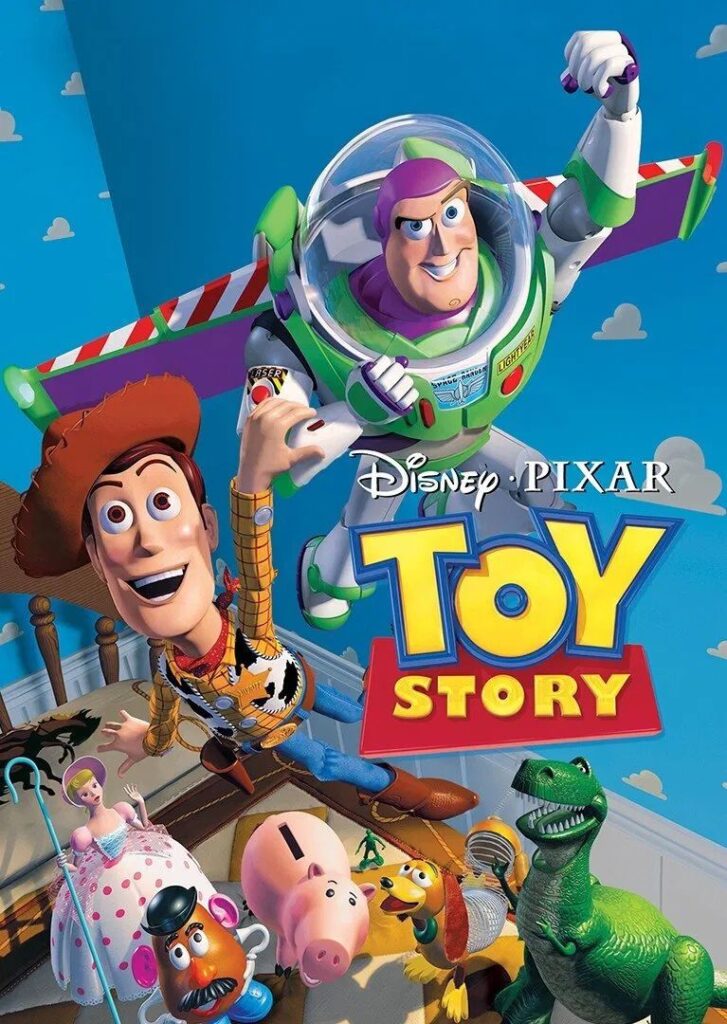
4. **The Toys Prepare to Die – “Toy Story 3” (2010)**While “Toy Story 3” is packed with poignant moments, from Lotso’s heartbreaking backstory to Andy’s final goodbyes, the absolute saddest, most genuinely terrifying scene comes when Woody, Buzz, and the entire gang find themselves being swept relentlessly down a conveyor belt towards an inescapable incinerator and what appears to be a fiery, definitive end. It’s a moment that rips the lighthearted spirit of the franchise away and plunges it into truly existential dread, challenging our perceptions of toys as mere playthings.
Faced with their utterly horrifying and impending doom, the toys do something that completely shatters the audience: they accept their fate. There are no frantic escape attempts, no last-ditch plans. Instead, in a gut-wrenching display of their deep love and camaraderie, they simply reach out for their nearest and dearest. The visual of Buzz Lightyear reaching out his hand to his best friend, Woody, is profoundly impactful, a wordless gesture conveying: ‘if they die, at least they die together.’ This shared moment of resignation speaks volumes about their unbreakable bond.
For a few agonizing seconds, as they descend into the fiery maw, it truly seems as if it is all over for our beloved toy companions. The subsequent reprieve comes as an immense, breath-holding relief for viewers. However, that tragic, silent moment of collective resignation—where characters we’ve grown to love for decades simply accept their inevitable end—is impossible to forget. It’s a testament to the film’s storytelling prowess that it could make an audience genuinely believe the end was nigh, creating a scene of unparalleled emotional intensity and profound vulnerability.
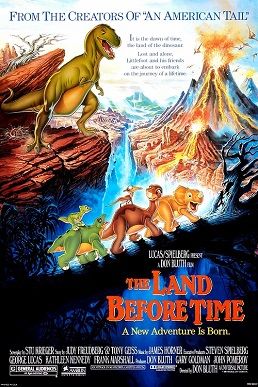
5. **Littlefoot’s Mother Dies – “The Land Before Time” (1988)**While many children’s movies bravely tackle parental loss, “The Land Before Time” stands out for its unflinching portrayal of this profound tragedy. In a scene that has haunted generations of viewers, Littlefoot’s mother is fatally injured while heroically fending off a ferocious Sharptooth attack, an event that instantly shatters the innocent world of the young Apatosaurus and plunges him into an unfamiliar, terrifying reality. The immediate aftermath is a masterclass in depicting raw, innocent grief.
Alone and heartbreakingly separated from the herd, Littlefoot is present during his mother’s final, agonizing moments. What makes this scene even more devastating is his palpable childish innocence; he simply doesn’t fully comprehend the gravity of what’s happening, only that his mother is severely hurt and growing quiet. We witness her taking her last breaths, imparting vital, yet heartbreakingly vague, parting words about finding the Great Valley. The scene creates an impression of a child desperately trying to grasp an unimaginable reality, calling out to her as her life slips away, powerless to stop it.
The visual and emotional impact of Littlefoot being left utterly grief-stricken and confused, repeatedly nudging his mother’s lifeless body and calling out to her in vain, is profoundly impactful. His desperate pleas for her to “get up!” resonate with the universal pain of a child experiencing death for the very first time. The film doesn’t shy away from the raw agony of this loss, depicting it with a starkness that truly imprints itself upon the viewer’s memory. This pivotal, devastating moment serves as a deep emotional lesson about mortality and the challenges of growing up without a guiding presence, establishing a foundational emotional trauma that reverberates through Littlefoot’s journey for the rest of his life.
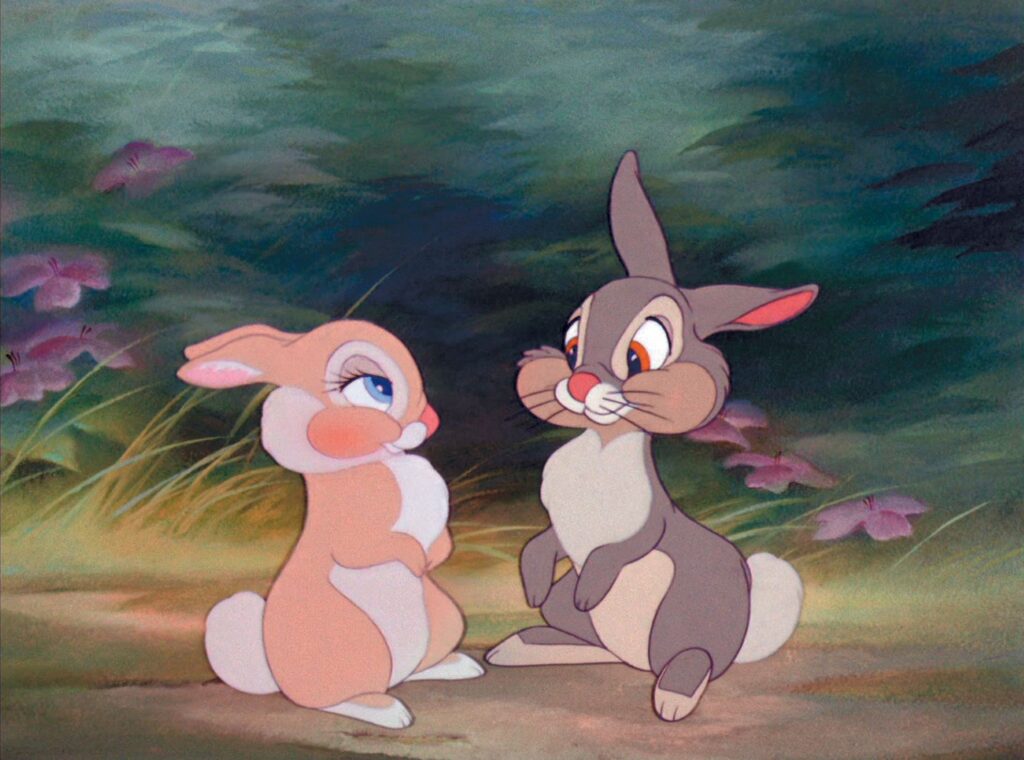
6. **The Hunter Shoots Bambi’s Mother – “Bambi” (1942)**Just like with Littlefoot in “The Land Before Time,” Bambi’s world shatters with the profound and deeply scarring experience of parental loss, hitting him before he’s truly old enough to fully grasp what death truly means. This scene isn’t just a moment in a movie; it’s an iconic, unforgettable event that has haunted generations of viewers since its release, instantly transforming an innocent, whimsical forest into a place of terrifying vulnerability and an unimaginable void that no child should ever face alone. It’s a pivotal turning point that defines the young fawn’s journey from carefree youth to a harsh reality.
As the morning light gently touches the winter meadow, Bambi and his mother graze, seemingly safe within their natural haven. However, an unseen danger, a chilling presence, begins to close in, and the mother deer, with her innate wisdom, senses that peril is close at hand. Her urgent, unspoken command for Bambi to run to the thicket is a desperate, selfless act of maternal protection, an attempt to shield him from the encroaching, terrifying threat that lurks just beyond their sight. This instinctual flight for survival leads to an agonizing separation, leaving the young fawn vulnerable and confused.
Then, piercing through the otherwise quiet, snow-laden woods, comes the sharp, deafening sound of a gunshot. This single, jarring noise, more than any visual, becomes the terrifying signifier of an irreversible change. Having reached the assumed sanctuary of his home safely, Bambi’s initial relief quickly dissipates, replaced by a dawning, heart-stopping realization: he is now utterly, completely alone. The scene masterfully conveys this dawning horror through absence, a silence heavier than any sound.
The visual of the little fawn wandering through the desolate, silent, snow-covered landscape, his plaintive, desperate calls for his mother echoing unanswered into the vast emptiness, is profoundly heartbreaking. He repeatedly cries out, “Mother? Mother!” but the only response is the biting cold and the echoing silence where his guiding presence once was. What makes this scene particularly poignant and enduring in the public imagination is its masterful subtlety: the film spares us the explicit visual of the death. Instead, the horror is conveyed through Bambi’s dawning understanding of absence, making the sense of loss more poignant and leaving an indelible imprint on our hearts, truly hitting you right in the feels.
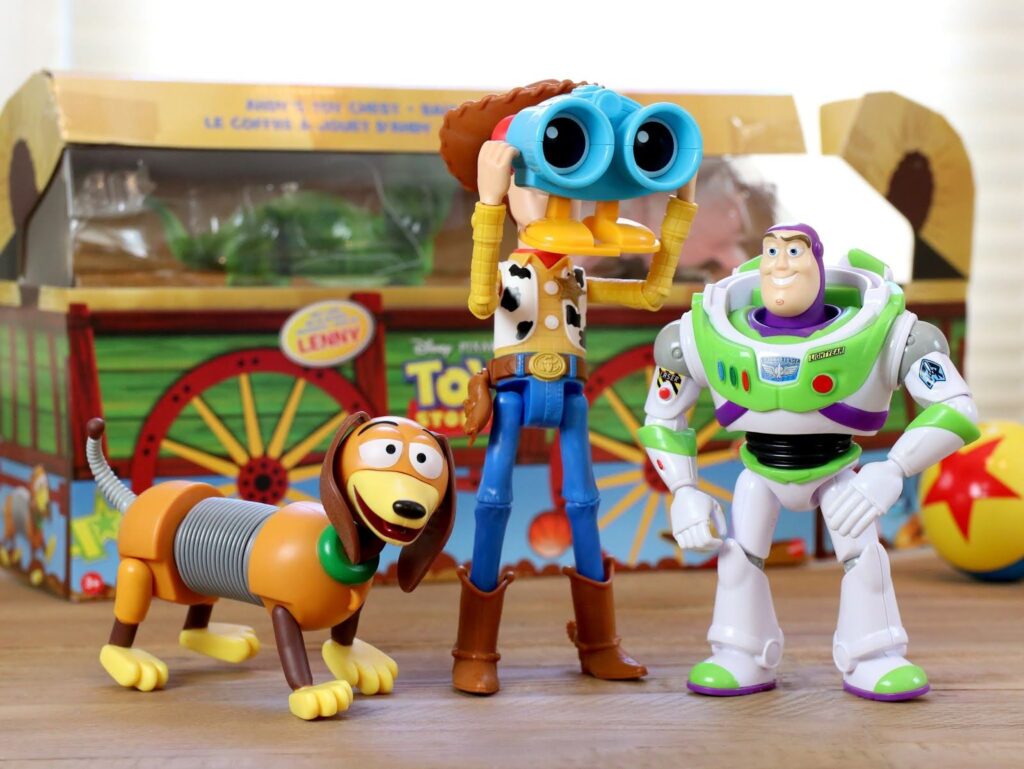
7. **When She Loved Me – “Toy Story 2” (1999)**While the original “Toy Story” had its fair share of quiet, bittersweet moments, it was unequivocally “Toy Story 2” that truly escalated the emotional intensity, especially with the introduction of the spirited, fiery cowgirl, Jessie. Initially, her somewhat skeptical and almost rebellious attitude towards Woody’s unwavering devotion to Andy might have seemed a little puzzling, perhaps even a tad unfair. However, as her deeply heartbreaking backstory gently unfolds, her initial cynicism rapidly transforms into a profound, shared understanding, making her character instantly relatable and undeniably empathetic to anyone who has ever felt forgotten.
Jessie ultimately reveals to Woody the raw, emotional truth: she completely comprehends his deep bond with Andy, precisely because her own cherished experience with her first owner, Emily, was once just as profound and all-encompassing. This poignant revelation perfectly sets the stage for one of animation’s most beautifully melancholic and universally resonant sequences: the iconic, tear-jerking song, “When She Loved Me.” It’s more than just a ballad; it’s a poignant narrative that delicately tells the enduring story of Jessie’s unwavering love and fierce devotion to Emily, chronicling their shared adventures and the incredibly deep, innocent connection they once treasured, painting a vivid and heartbreaking picture of a cherished past that slipped away.
In the vast and often relentless grand scheme of human life, Emily simply grew up—a seemingly mundane, utterly natural, and undeniably universal aspect of childhood. Yet, when this perfectly natural progression is viewed through Jessie’s innocent, deeply loving, and unchanging eyes, this ordinary passage of time transforms into a devastating, prolonged tale of gradual neglect and eventual, crushing abandonment. The meticulously crafted montage accompanying the song—showing Emily playing joyfully with Jessie, then slowly but inevitably moving on to other, newer interests, and finally, unthinkingly leaving Jessie behind in a dusty old box—is an absolute masterclass in conveying silent, profound heartbreak. It’s a truly powerful narrative about the quiet, agonizing pain of being forgotten.
Every single time we hear “When She Loved Me,” its gentle melody and gut-wrenching lyrics work in perfect harmony to absolutely shatter our hearts for Jessie. The song perfectly encapsulates the profound sadness of outgrowing cherished objects and the quiet, often overlooked grief of those left behind, still waiting to be loved. It’s a powerful testament to Pixar’s unparalleled genius that they could make a toy’s experience of being forgotten feel so intensely, genuinely human, resonating deeply with our own universal experiences of loss, change, and the bittersweet passage of time, leaving an unforgettable emotional mark.
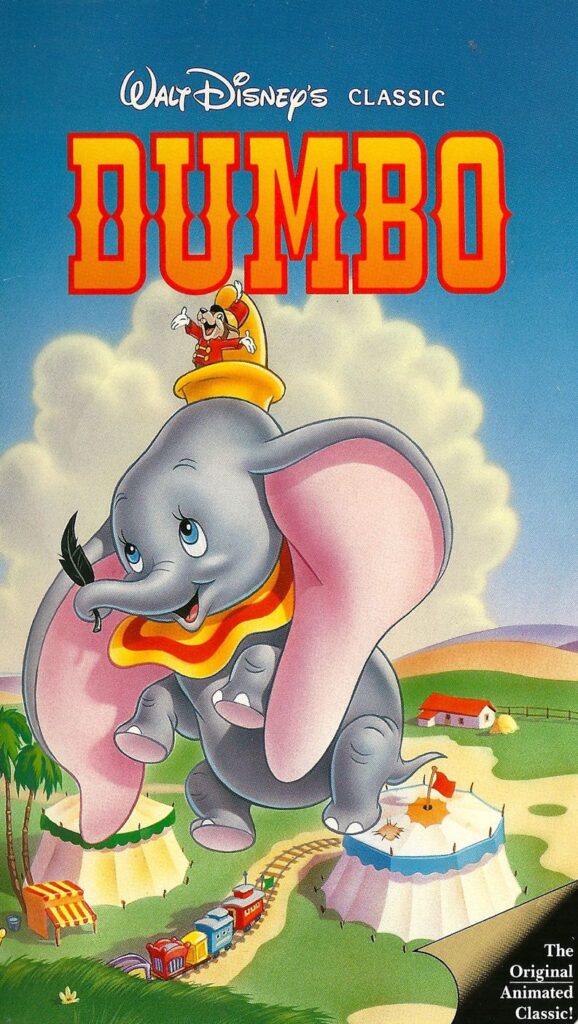
8. **Baby Mine – “Dumbo” (1941)**”Dumbo” doesn’t merely tug at your heartstrings; it reaches deep inside, completely rips them out, and then metaphorically stomps on them with its incredibly unfair and profoundly tragic portrayal of Mrs. Jumbo’s unjust imprisonment. The sheer, overwhelming injustice of her situation—being cruelly locked away as a “mad elephant” simply for having the courageous instinct to protect her vulnerable, newborn baby—is absolutely heartbreaking, a scene of raw emotion that’s almost unbearable to witness. The subsequent, agonizing separation from her precious Jumbo Junior amplifies the tragedy exponentially, setting a deeply somber stage for one of the most emotionally charged and tear-inducing scenes in all of Disney’s rich cinematic history.
When the tiny, endearing, and adorably big-eared Dumbo bravely manages to visit his confined mother, the sight of her reaching out to him, her powerful trunk gently caressing him through the unforgiving, cold bars of her cage, is enough to make even the most stoic viewer well up with tears. From the very first moment Dumbo’s little trunk snuffles tentatively, almost hesitantly, through the small, grimy window, desperately seeking his mother’s familiar, comforting presence, you instinctively know that the scene about to unfold will be unbearably, profoundly, and irrevocably sad. It’s a powerful, almost wordless, visual metaphor for their cruel, forced divide and the depth of their suffering.
But then, as if the heartbreaking imagery weren’t already potent enough to reduce us to a puddle of tears, the iconic and instantly recognizable song “Baby Mine” begins to play, its tender melody and poignant lyrics somehow making the moment even more gut-wrenching and unforgettable. The mother and son, despite the brutal physical barrier, share precious, fleeting moments together, their unspoken connection transcending the cold, hard steel of the cage. Dumbo, a character who famously never utters a single word throughout the entire film, sheds quiet, glistening tears, his every action, his every silent expression, communicating an overwhelming, profound sense of pain, longing, and pure, unconditional love that speaks directly to the soul.
The raw, unfiltered emotion conveyed through Dumbo’s silent, glistening tears and Mrs. Jumbo’s gentle, protective embrace speaks volumes more than any dialogue ever could hope to achieve. It’s a primal, deeply affecting depiction of a mother’s fierce, protective love and a child’s deep, unbreakable attachment, both brutally interrupted by the harsh, unfeeling reality of the world. This scene serves as a powerful, enduring reminder of the profound, unspoken bonds that define family, and the crushing, suffocating weight of forced separation, ensuring there isn’t a single dry eye left in the house after experiencing its emotional depth.

9. **Mufasa’s Death – “The Lion King” (1994)**Alright, let’s be absolutely real and honest here: you simply cannot create a comprehensive list of the most heartbreaking animated scenes without unequivocally including the absolute, soul-crushing gut-punch that is Mufasa’s death in “The Lion King.” This groundbreaking film single-handedly devastated an entire generation of children—and let’s be completely frank, countless adults too!—with its stark, unflinching, and utterly unforgettable portrayal of sudden, tragic loss. Mufasa isn’t merely a king; he’s meticulously crafted as an incredible father, a wise and patient mentor, and a powerful, deeply beloved character who commands the screen and anchors the entire first half of the movie, making his sudden, brutal departure all the more jarring and impactful.
We dedicate a significant portion of the film’s opening to getting intimately acquainted with and falling deeply in love with Mufasa. We witness his playful, heartwarming interactions with his mischievous son, Simba, observe his majestic presence over the Pride Lands, and come to understand his profound importance to his family and his kingdom. This deeply established bond between father and son makes the ensuing stampede scene an incredibly thrilling, yet utterly terrifying spectacle. However, it’s the insidious, chilling treachery of Scar, committing the unspeakable act of murdering his own brother in cold blood, that truly shocks viewers to their very core. That bone-chilling whisper, “Long live the King,” just before Mufasa tragically falls, still possesses the power to send uncontrollable shivers down your spine, even decades after your first viewing.
Despite the dramatic, pulse-pounding intensity of the stampede and the shocking, vile villainy of Scar’s betrayal, the specific moment that truly hurts the most—the one that still manages to make us well up with tears every single, solitary time—is when little Simba, with his innocent, uncomprehending eyes, discovers his father’s lifeless body at the bottom of the dusty gorge. The cub’s utter helplessness, his frantic, desperate nudges, and his tearful, innocent pleas for Mufasa to “wake up” are almost unbearably painful to watch. It’s a raw, unflustered, and profoundly honest depiction of a child experiencing the incomprehensible finality of death for the very first time, a moment of pure, unadulterated grief.
This scene isn’t just about a fictional character dying on screen; it’s a brutal, foundational, and emotionally shattering moment that serves as a harsh lesson for Simba (and indeed, for all of us!) about the unforgiving realities of life, the crushing weight of grief, and the profound, aching void left by sudden, unexpected loss. The indelible image of Simba curling up mournfully under his father’s motionless paw, utterly alone and heartbreakingly confused, is seared into the collective consciousness of anyone who has ever seen the movie. It’s a masterclass in conveying unparalleled emotional devastation, marking an unforgettable, life-altering turning point in what remains a truly classic animated tale.
So, there you have it: a deep dive and an emotional rollercoaster ride through some of the most profoundly moving and consistently tear-inducing moments in animated cinema history. From the ultimate, selfless sacrifices that define heroism, to the poignant farewells of imaginary friends and the crushing weight of parental loss, all the way to the bittersweet tapestry of a life well-lived and loved, these scenes consistently transcend their humble “cartoon” origins. They hit us with an emotional force and a raw authenticity that few live-action films can truly match. These moments are more than just animated sequences; they are powerful, universal mirrors, reminding us that animation isn’t merely for kids. Instead, it’s a vibrant, incredibly potent medium, fully capable of exploring the most complex, nuanced, and deeply universal human experiences with unparalleled grace and emotional honesty. So, tell us, which of these iconic, gut-wrenching moments still makes you reach for the tissues every single time? Share your top picks and favorite tear-jerking memories, and let’s keep the conversation (and maybe a few more tears) flowing!


